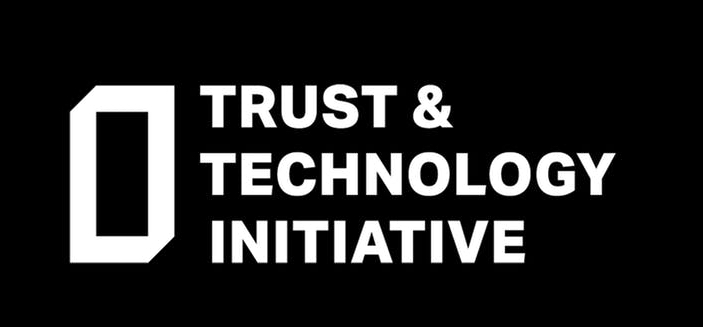S-Money
Together with my colleague Damian Pitalua-Garcia, I’ve been working on the theory and proof of concept implementation of “S-money”[1] -- a new type of money that allows users to make decisions based on information arriving at different locations and times. It also has the advantage of being secure against any code-breaking attacks, including possible new attacks using quantum computers. S-money gets its security from the combined power of quantum theory (roughly, from the fact that unknown quantum states can’t be copied) and relativity (from the fact that signals can’t be sent faster than light). It’s designed allow faster and more flexible responses than any existing financial technology, by allowing instant authentication without any need to cross-check across a network that the money hasn’t been duplicated and presented elsewhere – something that will likely be crucial as transactions become more automated and more time-critical. S-money could ultimately even make it possible to conduct commerce across the Solar System and beyond, without long time lags –though obviously this is a very long term (and perhaps optimistic) aspiration!
At the heart of the scheme is a different way of conceptualizing money. S-money isn’t something you can generally hold in one place, nor does it generally follow definite paths through space and time. One way of thinking about it is as something that “materialises” at a certain point in space and time, where the space and time coordinates of that point depend on real-time incoming data around (or beyond) the Earth.
Other researchers have developed theoretical frameworks for so-called “quantum money”. This uses the properties of quantum information in a theoretically elegant way, but is presently technologically impractical, because it requires the long-term storage of quantum systems in a fixed state. In comparison, S-money needs a lot of fast information processing but no new technologies. Damian and I are working with colleagues in the UK Quantum Communications Hub to understand how feasible S-money is with current off-the-shelf computer technology.
One arguable advantage of quantum and relativistic cryptography is that they offer security that in some ways is more evidently trustworthy: the schemes are provably secure so long as the currently understood laws of physics are correct. Of course, though, users can’t generally trust that a commercially available cryptosystem achieves (or even is designed to achieve) theoretically ideal security. Another long-term research project I’ve been interested in is designing and analysing so-called “device-independent” cryptographic schemes, which self-certify their security without relying on trust in the devices. These can significantly enhance trustworthiness but – long story short – are not perfect: all the known schemes still rely on some extra assumptions.
There’s a broader question about these and other emerging quantum technologies: their benefits are well publicized, but we should also be asking whether they pose qualitatively new societal or even existential risks. I’ve begun working with colleagues in the Leverhulme Centre for the Future of Intelligence on a horizon-scanning project looking into this.
[1] Kent, Adrian. 2019. S-Money: virtual tokens for a relativistic economy. Proceedings of the Royal Society A 475 20190170.

